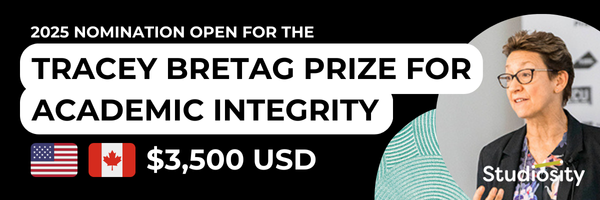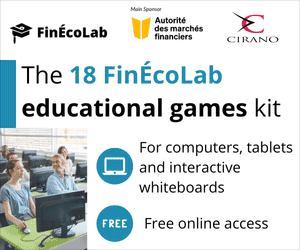
The five students met online after COVID restrictions went into effect. Clockwise from top left: Oliver Wicklund, Amy Hagerman, Jeremy Lebrasseur, Trevor Short and Philip Tchernov.
A meticulous analysis developed by five UVic students will be "extremely beneficial" to a local municipality's long-term goal of zero emissions.
Last month, a team of fourth-year mechanical engineering students submitted their capstone project - called "District of Saanich: Electric Fleet Conversion" - which details what it will take for Saanich to convert all its municipal vehicles to electric by 2050.
The project was part of MECH 400, a course that all mechanical engineering students take before graduating. In January, about 80 students formed teams and either chose from a selection of industry-sponsored projects set up by Professor Curran Crawford or proposed their own topic.
"Our group selected this project because it seemed one of the most applicable, real-life topics," said Amy Hagerman, who began her final term of courses this summer. "We realized that if we were to work on this, it would actually be of direct help to our client, the District of Saanich."
In January, the group met in person with Saanich staff to review the requirements. This was followed by weekly calls to request data, clarify needs and ask questions. The team also met on campus twice a week and, after the COVID-related restrictions began, collaborated online using Zoom, Facebook and OneDrive.
"Our group members wanted to try something in project management work, something that was of a bigger scope and involved a lot of planning," said Jeremy Lebrasseur, who finished his degree in April and is back home in Calgary.
"For this project, we looked at the current operations at Saanich," he said. "We then projected how much electrical energy they'd need to maintain them, how many chargers they'd require, how the charging of vehicles could be scheduled, and how the yard should be laid out to manage this."
While the group suggested replacement vehicles for cars and small trucks, it didn't include specific garbage trucks and other heavy equipment, since electric versions of many of these don't exist yet. Instead, the students calculated energy needs, battery sizes and charging requirements - data that can all be used in the future.
"We wanted our project to be a good starting point for Saanich," said Trevor Short, who is on co-op this summer at GCM Naval Architects. "Based on how much information can change, we tried to make everything we gave them adaptable for their future use."
In mid-April, the group submitted its final report, a 10-minute video on how the project met the client's needs, and a large number of backup documents.

Steven Wiebe had high praise for the student's' analysis of the Saanich fleet yard.
"They have done some excellent work that will be extremely beneficial for Saanich as we move towards a 100-per-cent electric fleet," said Steven Wiebe, Manager, Fleet and Solid Waste Services, and a UVic mechanical engineering alumnus of 2009. "I really hope the team got some valuable experience out of it and that it helps them shape their future career plans - with project management and fleet as potential options."
The project included 3D modelling of the proposed fleet yard based on existing Google Maps images of the location on McKenzie Avenue.
"The main reason we did 3D modelling was to help lay out the chargers and determine where the different classes of vehicles would be parked," said OliverWicklund, who is finishing up UVic courses this summer from Kelowna and then has one co-op term to complete.
Making these types of decisions was more much complex than one might think.
"With electric, you can't just fuel up in five minutes once a week," explained Philip Tchernov, who is working for the Department of National Defence this summer. "Their whole schedule has to change."
Tchernov said that the group created a workbook that lays out a detailed schedule for charging. For example, a shift worker would charge multiple vehicles overnight, in order to reduce the number of chargers required and ensure smooth operations during the day.
During an online chat, the students said their group was lucky in that the nature of their project, which focuses on project management and written analysis, was a better fit for current COVID conditions than projects that involved designing actual devices. Under normal circumstances, all the student teams would host a trade show in UVic's Engineering Lab Wing in April for everyone to see each other's work. This term, all projects and videos were instead posted online.
Professor Crawford says he was impressed by the team's effort.
"It was a very successful project in terms of what we're trying to achieve with learning outcomes," Crawford said. "Basically, this was an exercise in being an engineering consultant and the approach really gave students experience in real-world client interaction."













